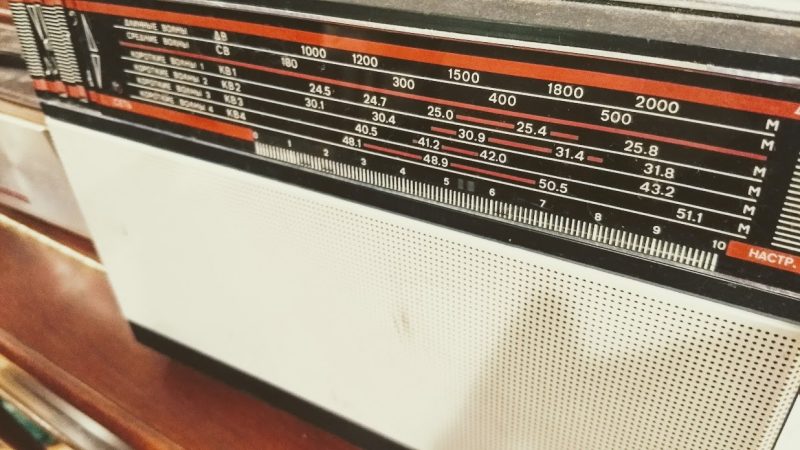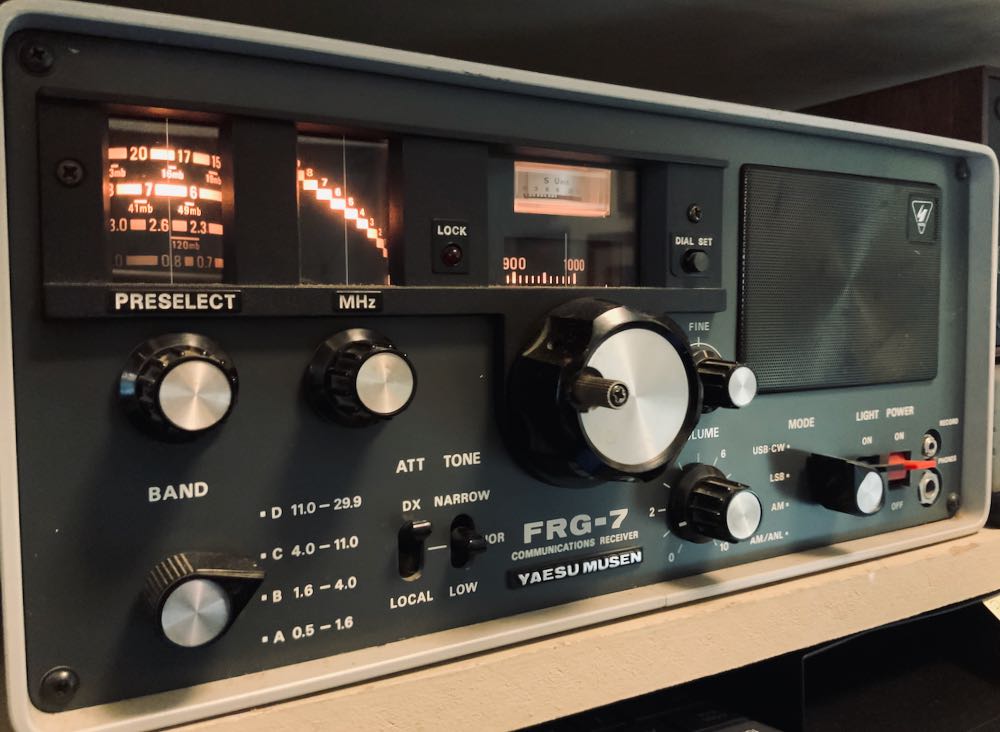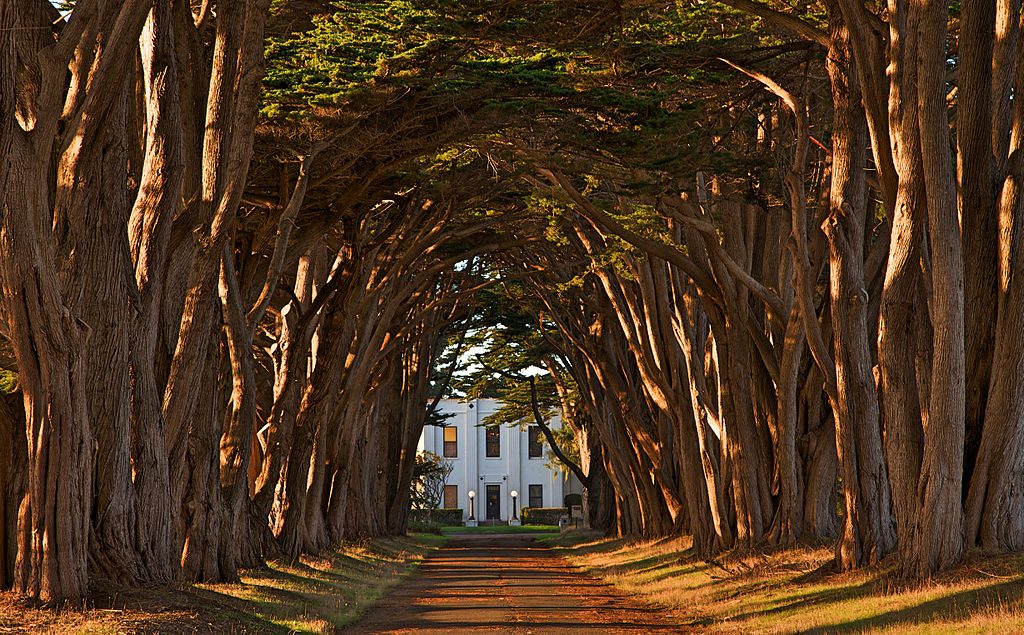Radio Waves: Stories Making Waves in the World of Radio
Welcome to the SWLing Post’s Radio Waves, a collection of links to interesting stories making waves in the world of radio. Enjoy!
Many thanks to SWLing Post contributors Richard Cuff, Dennis Dura,
David Korchin, Roger Fitzharris, David Iurescia, and NT for the following tips:
In 1924, a magazine ran a contest: “Who is to pay for broadcasting and how?” A century later, we’re still asking the same question (NiemanLab)
Radio Broadcast received close to a thousand entries to its contest — but ultimately rejected them all.
After yet another day reading about audio industry layoffs and show cancellations, or listening to podcasts about layoffs and show cancellations, I sometimes wonder, “With all this great audio being given away for free, who did we think was supposed to pay for it all?”
I find some consolation in the fact that that question is more than a century old. In the spring of 1924, Radio Broadcast posed it in a contest called “Who is to Pay for Broadcasting and How?”The monthly trade magazine offered a prize of $500 (more than $9,000 in today’s dollars) for “a workable plan which shall take into account the problems in present radio broadcasting and propose a practical solution.”
The need for such a contest more than 100 years ago is revealing enough, but the reaction of the judges to the prize-winning plan turned out to be even more so — and it says a lot about why business models for audio production and broadcast remain a struggle. [Continue reading…]
The Rich History of Ham Radio Culture (The MIT Press Reader)
Drawing on a wealth of personal accounts found in magazines, newsletters, and trade journals, historian Kristen Haring provides an inside look at ham radio culture and its impact on hobbyists’ lives.
Every night thousands of men retreat to radio stations elaborately outfitted in suburban basements or tucked into closets of city apartments to talk to local friends or to strangers on the other side of the world. They communicate by speaking into a microphone, tapping out Morse code on a telegraph key, or typing at the keyboard of a teletypewriter. In the Internet age, instantaneous, long-distance, person-to-person communication seems ordinary. But amateur radio operators have been completing such contacts since the 1910s. The hobbyists often called “hams” initially turned to radio for technical challenges and thrills. As the original form of wireless technology became more reliable and commonplace in the 1930s, ham radio continued as a leisure activity. Hams formed a community through the same general practices of other social groups. They set conditions for membership, established rules of conduct, taught values, and developed a specialized vocabulary known only to insiders. What made hams’ culture different was its basis in technology. In her book “Ham Radio’s Technical Culture,” excerpted below, historian of science and technology Kristen Haring draws on a wealth of personal accounts found in radio magazines and newsletters and from technical manuals, trade journals, and government documents to illustrate how ham radio culture rippled through hobbyists’ lives. [Continue reading…]
CarnationFM: A Decentralized Radio Playing Songs With Encrypted Hidden Messages (Coin Desk)
CarnationFM emerged from EthBerlin 2024 and won the award for Best Social Impact.
Berlin, Germany: A music-focused radio FM which allows songs to act as a transport vessel for hidden messages has emerged from EthBerlin 2024. CarnationFM was created by five hackers and a mentor as a defensive, decentralized and encrypted communication tool enabling private messaging that safeguards anonymity.
The project, which won the award for the Best Social Impact at EthBerlin 2024, is focused on creating real world use cases factoring in privacy in the aftermath of the Alexey Perstev verdict. Alexey Perstev, one of the co-founders of Tornado Cash, was sentenced to 64 months in prison in May.
The verdict rattled the decentralized community because it suggested that a coder could be held responsible for everything that happens using that code. Perstev was found guilty because his open-source mixer Tornado cash allowed North Korea’s infamous Lazarus group to launder millions in crypto. [Continue reading…]
Nation’s last Morse code station comes back to life on annual ‘Night of Nights’ in Point Reyes (The Mercury News)
KPH, established in Point Reyes and Bolinas in 1913, will exchange messages with Morse code enthusiasts around the world
On July 12, 1999, the nation’s final message in Morse code was sent out to sea from a remote Bay Area radio station. The end of an era, the room’s mood was mournful. Grizzled old men wept.
“We wish you fair winds and following seas,” it said, offering a seafarers’ traditional farewell in a staccato stream of dots and dashes. And then the station went silent.
But every July 12, the golden age of maritime radio comes back to life. [Continue reading…]
Navy researchers ask Envisioneering to support over-the-horizon radar that relies on HF radio signals (Military Aerospace Electronics)
Over-the-horizon radar typically uses HF radio signals at frequencies between 2 and 30 MHz to reach beyond the horizon in open-ocean areas.
WASHINGTON – U.S. Navy researchers needed to help develop a new prototype High Frequency (HF) over the horizon (OTH) radar system. They found a solution from Envisioneering Inc. in Alexandria, Va.
Officials of the Naval Research Laboratory (NRL) in Washington announced a $45.4 million contract to Envisioneering Inc. on Monday for design, development and integration of a mobile over-the-horizon radar (MOTHR).
Over-the-horizon radar typically uses HF radio signals at frequencies between 2 and 30 MHz to reach beyond the horizon in open-ocean areas. HF signals bounce off the ionosphere to achieve long distances and operate beyond the curvature of the Earth.
Envisioneering will work alongside the NRL research team to support key areas such as refinement of system requirements; system and subsystem design; mechanical analysis; specifying and procuring long-lead items; integration; testing; and signal processing. [Continue reading…]
100 Years of 100 Things: Radio (WNYC)
Continuing our centennial series 100 Years of 100 Things, Matthew Barton, curator of recorded sound at the Library of Congress, walks us through the history of radio.
100 Years of 100 Things is part of WNYC’s centennial celebration. Each week, we’ll take listeners through a century’s worth of history of things that shape our politics, our lives and our world. Topics will include everything from immigration policy to political conventions, American capitalism to American socialism, the Jersey Shore to the Catskills, baseball to ice cream.
Do you enjoy the SWLing Post?
Please consider supporting us via Patreon or our Coffee Fund!
Your support makes articles like this one possible. Thank you!





